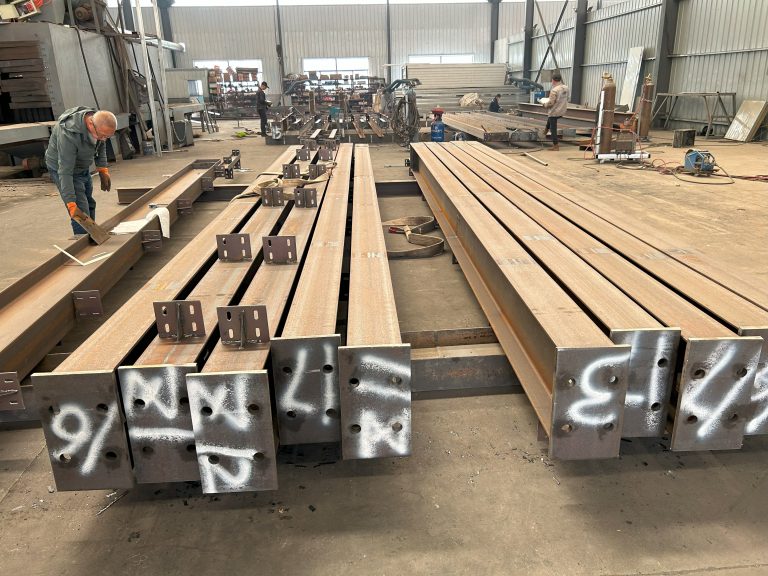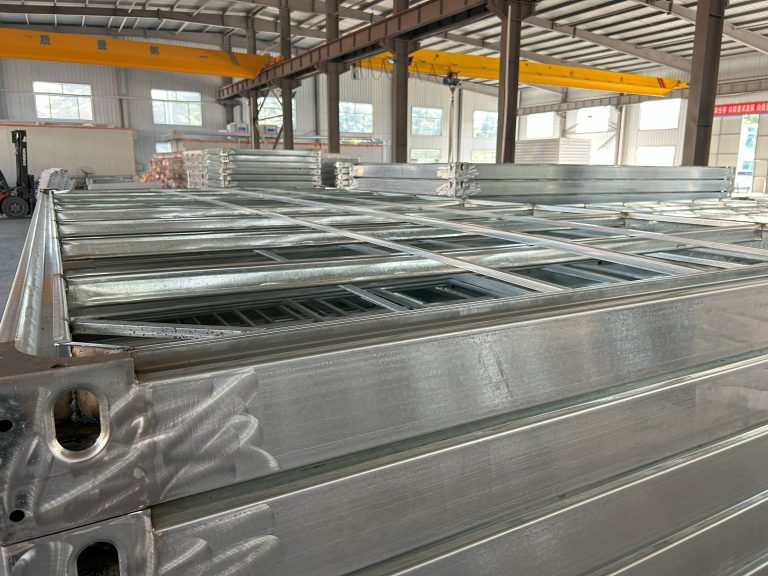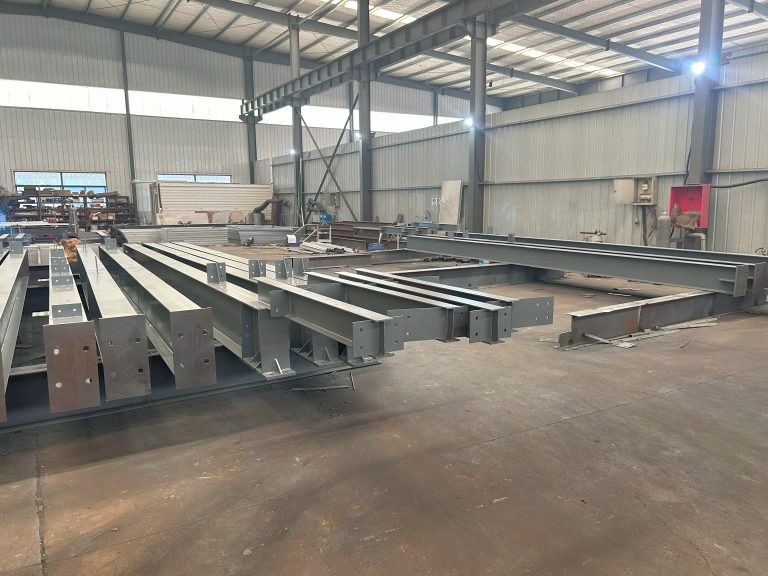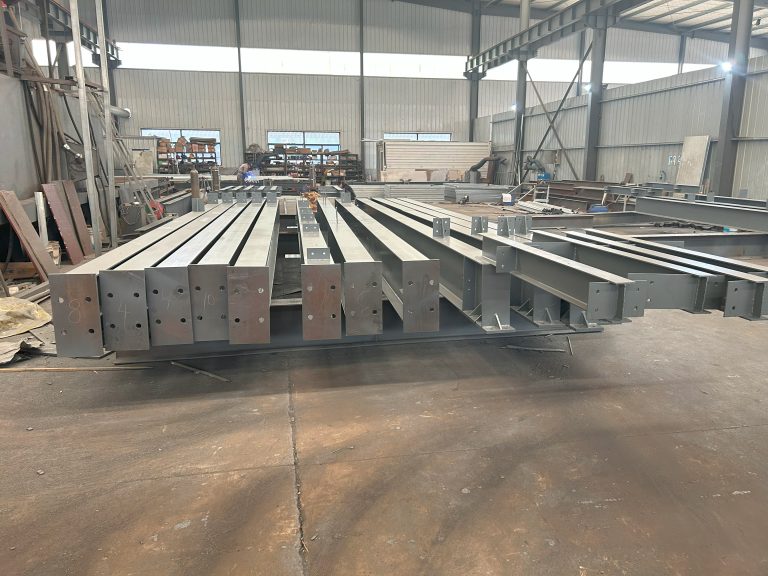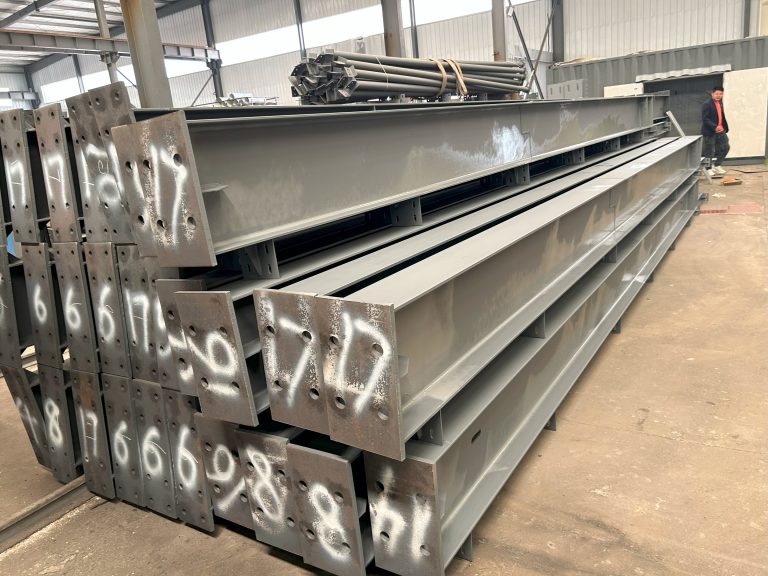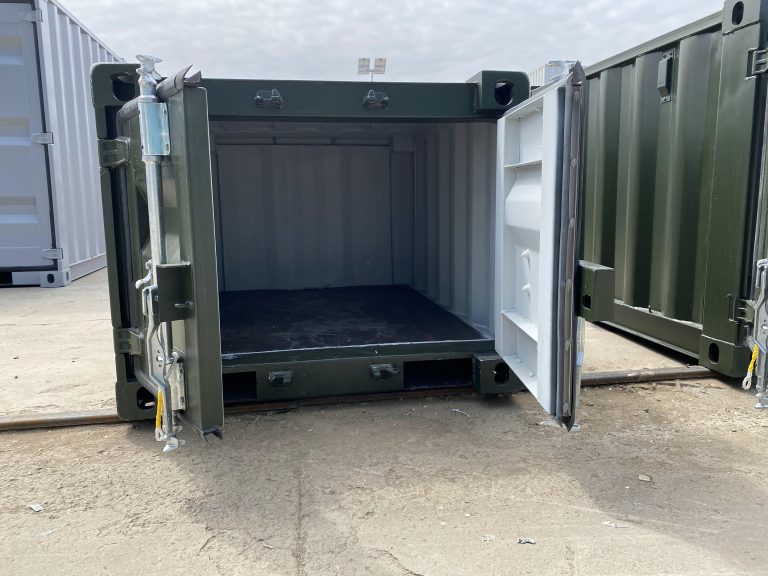Precision improvement and intelligent innovation of steel structure intelligent testing equipment
Table of Contents
Advancements in Precision Testing Techniques for Steel Structures
Steel structures are a critical component of many buildings and infrastructure projects, providing strength and durability to support various loads and withstand environmental factors. As such, ensuring the quality and integrity of steel structures is of utmost importance to guarantee their safety and longevity. To achieve this, advanced testing techniques and equipment have been developed to accurately assess the performance and condition of steel structures.
One of the key challenges in testing steel structures is achieving precision and accuracy in measurements. Traditional testing methods often rely on manual measurements and visual inspections, which can be prone to human error and subjectivity. To address this issue, intelligent testing equipment has been developed to improve the precision and reliability of testing results.
Intelligent testing equipment utilizes advanced technologies such as sensors, data processing algorithms, and artificial intelligence to automate the testing process and provide more accurate and consistent results. These technologies enable real-time monitoring of structural performance, detection of defects or anomalies, and predictive analysis of potential failures.
By incorporating intelligent testing equipment into the inspection and maintenance of steel structures, engineers and technicians can gain valuable insights into the structural health and performance of the steel components. This information can help identify potential issues early on, allowing for timely repairs or replacements to prevent catastrophic failures and ensure the safety of the structure.
In addition to precision improvement, intelligent testing equipment also enables innovative testing techniques that were previously not possible with traditional methods. For example, non-destructive testing techniques such as ultrasonic testing, magnetic particle testing, and eddy current testing can now be performed more efficiently and accurately with intelligent equipment.
These non-destructive testing techniques allow for the evaluation of the internal structure and integrity of steel components without causing damage to the material. This is particularly useful for assessing the condition of welds, joints, and other critical areas of steel structures where defects or weaknesses may be present.
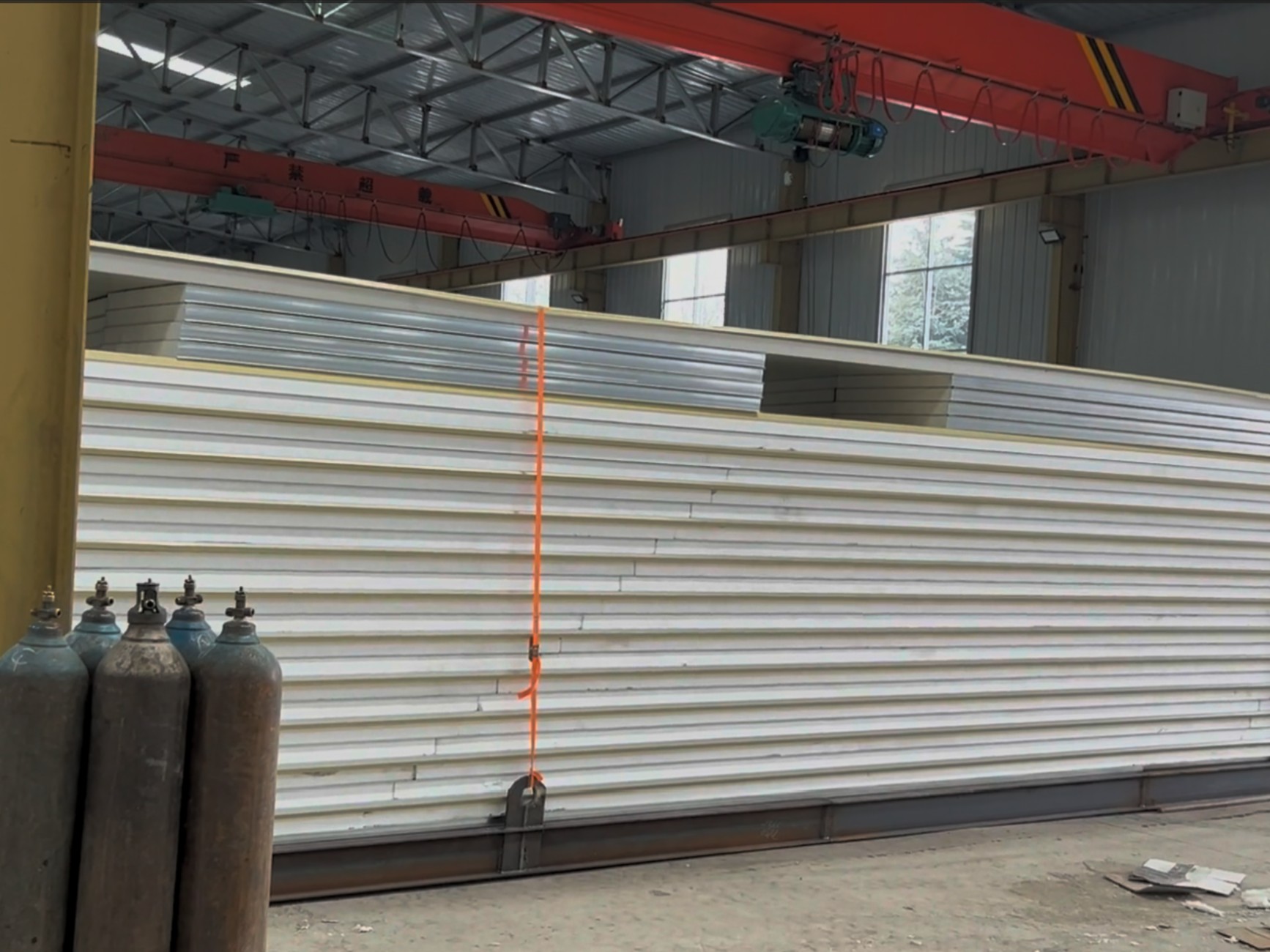
Furthermore, intelligent testing equipment can also facilitate the integration of structural health monitoring systems into steel structures. These systems use sensors and data analysis tools to continuously monitor the performance and condition of the structure in real-time. By collecting and analyzing data on factors such as load distribution, stress levels, and temperature variations, engineers can assess the structural integrity of the steel components and predict potential failures before they occur.
The integration of intelligent testing equipment and structural health monitoring systems represents a significant advancement in the field of steel structure testing. These technologies not only improve the precision and reliability of testing results but also enable proactive maintenance and management of steel structures to ensure their long-term performance and safety.
In conclusion, the precision improvement and intelligent innovation of steel structure intelligent testing equipment have revolutionized the way we assess and monitor the performance of steel structures. By leveraging advanced technologies and innovative testing techniques, engineers and technicians can now achieve more accurate and reliable results, leading to safer and more durable steel structures for various applications.
Implementing Artificial Intelligence in Steel Structure Testing Equipment
Steel structure testing equipment plays a crucial role in ensuring the safety and reliability of steel structures. With the advancement of technology, there has been a growing demand for more precise and intelligent testing equipment to meet the evolving needs of the industry. In response to this demand, manufacturers have been incorporating artificial intelligence (AI) into their testing equipment to improve precision and efficiency.
One of the key benefits of implementing AI in steel structure testing equipment is the ability to analyze data more accurately and quickly. Traditional testing methods rely on manual inspection and interpretation of data, which can be time-consuming and prone to human error. By using AI algorithms, testing equipment can process large amounts of data in real-time and provide more accurate results. This not only improves the efficiency of testing processes but also enhances the reliability of the results.
Furthermore, AI-powered testing equipment can adapt to changing conditions and optimize testing parameters based on the data collected. This level of intelligence allows for more precise and targeted testing, leading to better quality control and assurance. For example, AI algorithms can analyze the structural integrity of a steel beam and recommend adjustments to improve its strength and durability. This proactive approach to testing can help prevent potential failures and ensure the longevity of steel structures.
In addition to improving precision, AI can also enhance the overall user experience of steel structure testing equipment. By incorporating machine learning capabilities, testing equipment can learn from past data and user interactions to optimize performance and provide personalized recommendations. This level of customization can help users make informed decisions and streamline the testing process.
Another advantage of AI-powered testing equipment is the ability to detect anomalies and defects that may not be visible to the naked eye. By using advanced imaging techniques and pattern recognition algorithms, testing equipment can identify potential issues early on and prevent costly repairs or replacements. This proactive approach to maintenance can help extend the lifespan of steel structures and reduce the risk of structural failures.
Overall, the integration of AI in steel structure testing equipment represents a significant advancement in the industry. By improving precision, efficiency, and intelligence, AI-powered testing equipment can help ensure the safety and reliability of steel structures. As technology continues to evolve, we can expect to see further innovations in testing equipment that will revolutionize the way we inspect and maintain steel structures. The future of steel structure testing is bright, thanks to the intelligent innovation and precision improvement brought about by artificial intelligence.

